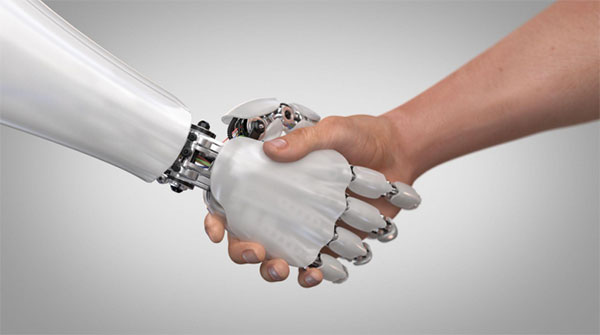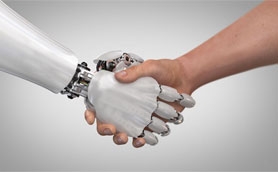
Since the first artificial knee replacement in 1968, surgical outcomes in orthopedics have improved dramatically with the introduction of robotic technology. Robotic technology helps orthopedic surgeons create a customized surgical plan before their patients even enter the hospital or surgery center.
Behind the scenes, advanced joint replacement surgeons now use robotic technology in the operating room, for better surgical precision and optimal outcomes. The actual robot is not performing the joint replacement surgery. Rather, the surgeon has full control over the robotic arm as a tool under the surgeon's direction throughout the procedure. There is a collaboration process between the surgeon using advanced software and imaging tools.
The surgeon will pre operatively create a personalized surgical plan for each person using intelligent software. With the robotic arm, surgeons can ensure that each step of their surgical procedure is carried out precisely. Each part of the operation is performed specific to their patients' unique anatomy and conditions. Surgery can be performed more accurately and precisely with robotic-assisted technology. Each patient's preoperative plan is customized based on their unique anatomy using CT scans and intelligent software. The alignment of the bone and soft tissue balance can be improved with the use of robotic technology.
The surgeon, surgical team and robotic arm work together in the operating room. A computer system accompanying the robot can recalibrate any necessary changes that occur during surgery. With the robotic system, surgeons can receive real-time feedback on the placement of implants and the cuts to ensure precision and accuracy.
With robotic assistance, a surgeon often completes joint replacement surgery in less time and with enhanced efficiency. Robotic joint replacement is a minimally invasive surgical technique that offers fewer complications for surrounding tissue, blood vessels, nerves, muscles, and ligaments.1
Today’s intelligent software, imaging and robotic technology have greatly improved the joint replacement procedure. Behind the scenes, orthopedic surgeons now have an advantage in planning and performing hip and knee joint replacement with better tools, like robotic arms and surgical planning software. These improvements help those who suffer with arthritis, or severe hip and knee pain, get back to living an active lifestyle with improved mobility.
AUTHOR: Dr. Paul Jacob is a certified master surgeon in joint replacement and robotic joint replacement of the hip and knee in Oklahoma City. Dr. Jacob is recognized as one of the Top 3 Orthopedic Surgeons in Oklahoma, who has performed over 5000 robotic joint replacement procedures. Dr. Jacob is active in numerous research studies on joint replacement technology and robotic outcomes.













